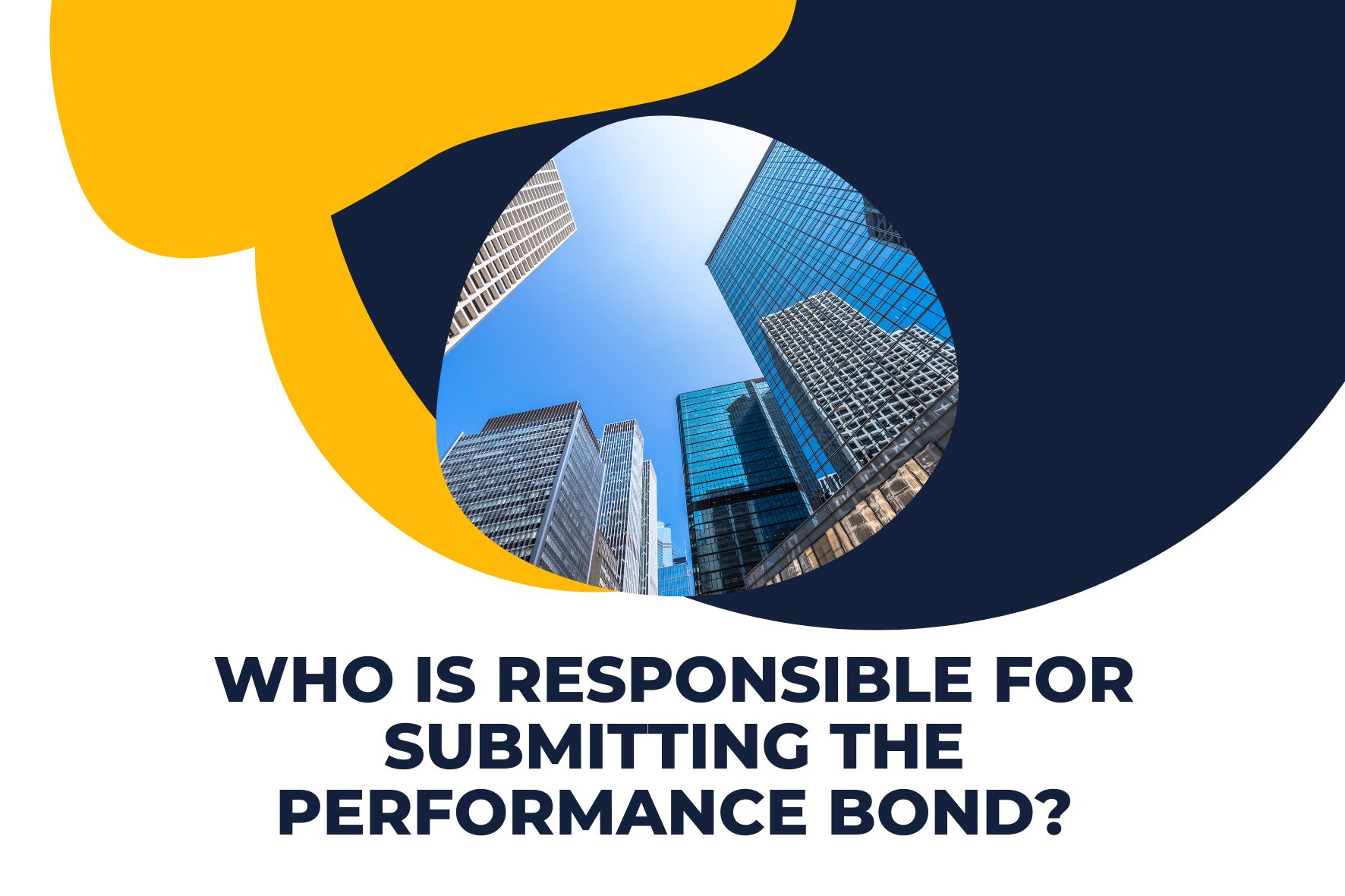Who is responsible for submitting the performance bond?
In general, this is determined by who is chosen to submit the performance bond. The contractor should have authority from the owner to accept its offeror’s tender of a Performance Bond and Entrustment Agreement signed by an authorized officer in lieu of one signed by both contracting parties in a firm offer or bid where payment of the performance bond may be tendered by either party.
If it is decided that the contractor shall provide the Performance Bond, the owner will be required to sign a “Performance Bond and Entrustment Agreement” on behalf of its offeror. An authorized officer of the owner may or may not be required to sign this agreement.
If no eligible surety company appears on the bidder’s list, the bid document should include language requiring each participating bidder to present either a performance bond with their bidder’s proposal or an irrevocable letter of acceptability to PWB as security for its bid at bid opening.
Who is in charge of the performance bond?
The contractor normally submits the performance bond; however, if the owner chooses that the performance bond should be presented by its offeror, it must sign a “Performance Bond and Entrustment Agreement” on behalf of the offeror. An authorized officer of the owner may or may not be required to sign this agreement.
If no eligible surety company is listed on the bidder’s list (Surety Information Form) at the time of the bid opening, each participating bidder must present either a performance bond or an irrevocable letter of credit acceptable to PWB as bid security.
What should you think about before submitting a Performance Bond?
If payment of the performance bond can be offered by either party, the contractor shall have approval from the owner to accept a Performance Bond and Entrustment Agreement signed by an authorized officer in lieu of one signed by both contractual parties.
If the contractor submits the performance bond, the owner must sign a “Performance Bond and Entrustment Agreement” on behalf of their offeror. An authorized officer of the owner may or may not be required to sign this agreement.
The most significant factor to examine is usually who has possession and control of such an account once it has been formed, as well as who is responsible for premium payment and monitoring compliance withdraw instructions issued under such an account.
What is the duration of a performance bond?
Performance bonds are typically issued for one year and are renewed annually at the owner’s discretion. Under specific circumstances, however, some may be issued for three years. For example, if a contractor’s reputation has yet to be established or if there is insufficient financial evidence on which to base a financial responsibility decision.
What is the procedure for issuing a performance bond?
Surety businesses are the ones who issue performance bonds. A performance bond is a financial guarantee that the contractor will finish and perform according to the contract agreements’ terms and conditions, as well as compensate the owner against any direct or indirect damage caused by material or workmanship flaws. This means that if the owner suffers damages as a result of non-performance of contractual obligations, the owner will be compensated for labor (overtime).
How do I figure out how much a Performance Bond will cost?
The amount of the performance bond varies for each project, depending on factors such as the type of work, task size, and so on. Most performance bonds are typically issued for 100% to 5% of the contract total.
There is no simple answer to this question; however, you will need permission from your client to issue one in the name of their offeror/supplier, which may necessitate the owner signing a “Performance Bond and Entrustment Agreement,” which may or may not require co-signature by an authorized officer of the owner.
What is the current rate of a performance bond?
The current performance bond premium rates are set on a project-by-project basis, which means they differ from one contractor to the next. However, typical rates in your local region/state, which can be found via internet search engines, are a better practice to follow.
What is the purpose of an Owner’s Performance Bond?
An Owner’s Performance Bond differs from a contractor/supplier performance bond in that its primary purpose is to compensate the owner in the event of its own default resulting from direct or indirect loss(es) caused by defective materials or workmanship supplied by the contractor or subcontractors, rather than to protect against non-performance by the contractor (as in supplier bonds). This means that if the owner suffers damages as a result of non-performance of contractual obligations, the owner will be compensated for labor (overtime).
An Owner’s Performance Bond is a financial guarantee that the contractor will finish and perform the project in accordance with the contract agreements’ terms and conditions. It also protects the owner from any direct or indirect losses caused by flaws in the contractor’s or subcontractors’ products or workmanship.
The bond normally protects up to 100% of the contract’s value (less than 5%). Owner performance bonds are not typically required for contracts with stated values less than $50,000, however, this is usually dependent on local market conditions. An Owner’s Performance Bond typically covers all types of work, including those that require scheduled inspections from third-party inspectors, which the Contractor’s Performance Bond may not cover.

